2024 has been another great year for research and knowledge exchange at BU. From securing funding to disseminating findings, there’s a lot to celebrate.

The Month in Research
Here are just a few highlights from across the past year…
Your achievements
Thank you to everyone who has used the Month in Research online form to put forward their achievements, or those of colleagues, this year.
- With BU ECRN Research networking funding, Dr Sarah Hambidge (Faculty of Science and Technology) set up and hosted Unveiling the Digital Trail: A Tabletop Discussion on Cyber Signatures in Human Trafficking. The event was attended by The Home Office, The National Crime Agency, The College of Policing, Chief of Staff to the Anti-Slavery Commissioner, NGOs, a number of UK police forces, and academics. The event was supported by Dr Terri Cole and Dr Kari Davies and co-hosted with the National Police Chiefs’ Council. Read more about the event.
- PhD student Damla Kuleli (Faculty of Science and Technology; the MINE lab) attended and gave an oral presentation at the 24th ACM International Conference on Intelligent Virtual Agents in Glasgow, receiving very valuable feedback from the experts and the opportunity to explore and enhance knowledge on embodied and conversational agents. Damla also had their first paper published from their PhD as an extended abstract titled “Exploring Influence of Social Anxiety on Embodied Face Perception during Affective Social Interactions in VR” in the ACM Digital Library, co-authored with supervisors Dr Xun He, Dr Nicola Gregory, Liucheng Guo, Professor Fred Charles, Dr Laura Renshaw-Vuillier, and Chang Hong Liu. The study investigates the early face perception of socially anxious individuals using EEG during social interactions with virtual agents in a VR setting.
- Professor Amanda Korstjens and Anastasia Vayona (Faculty of Science and Technology) gave a public webinar for the BCS, The Chartered Institute for IT, on their public engagement project AWE (Augmented Wildlife Experiences), which combines nature and technology to create educational wildlife trails. A recording of the presentation, titled Augmented Wildlife Experiences: AWE trails to support nature connection, can be viewed on the BCS website.
In addition:
- Research led by Professor Matthew Bennett and Dr Sally Reynolds (Faculty of Science and Technology) at White Sands National Park in New Mexico won the Research Project of the Year: Arts, Humanities and Social Sciences award at this year’s Times Higher Education Awards. The project has rewritten understanding of when humans settled in America. Read more here.
- Professor Vanora Hundley (Faculty of Health and Social Sciences) and Professor Kate Welham (Faculty of Science and Technology) have been appointed to sit on the REF People, Culture and Environment (PCE) pilot panels, exploring the practicalities of the submission and assessment to inform the REF 2029 guidance on PCE. Read more here.
- Dr Theo Akudjedu (Faculty of Health and Social Sciences) was awarded the European Federation of Radiographer Societies award, in recognition of his research achievements in the field of radiography. Read more here.
Funding
Congratulations to all those who have had funding for research and knowledge exchange projects and activities awarded in 2024. Across the year, BU received funding for 116 projects, totalling over £7 million.
Highlights include:
- c.£170,000 in funding from the Arts and Humanities Research Council (AHRC) to investigate the creative and legal issues around the use of artificial intelligence in media production (Project lead: Dr Szilvia Ruszev, Faculty of Media and Communication) Read more here.
- c.£1.4m from the National Institute for Health and Care Research (NIHR) to work in partnership with the University of the West of England to deliver the INSIGHT programme for South West Central region, proving research training for health and students and early career professionals. (BU Project lead: Professor Carol Clark, Faculty of Health and Social Sciences). Read more here.
- c.£77,000 from Cancer Research UK to improve early detection of skin cancer, particularly among under-represented and high-risk groups. (Project lead: Professor Steven Ersser, Faculty of Health and Social Sciences) Read more here.
- c.£220,000 from Innovate UK for a Knowledge Transfer Partnership with Wimborne-based image sharing site ClickASnap to develop a bespoke AI content moderation system for their platform. (Project lead: Dr Simant Prakoonwit, Faculty of Science and Technology) Read more here.
- c.£2.78m from the National Institute for Health and Care Research (NIHR) to work in partnership with the University of Plymouth to investigate the effectiveness of oral nutritional supplements for malnourished older adults in care home. (BU Project lead: Professor Jane Murphy, Faculty of Health and Social Sciences) Read more here.
Publications
Congratulations to all those who have had work published across the last year.
In total, 1,214 items were added to the BURO online repository in 2024, with over 850,000 downloads throughout the year.
BU was also ranked 13th out of over 1,500 major universities for the proportion of open access research outputs in the CWTS Leiden Ranking 2024. Read more here.
Content for The Year in Research has been collected using the research and knowledge exchange database (RED), the Bournemouth University Research Online (BURO) repository and submissions via The Month in Research online form, as well as news stories published throughout the year. It is by no means intended to be an exhaustive list. All information is correct as of 19.12.24.
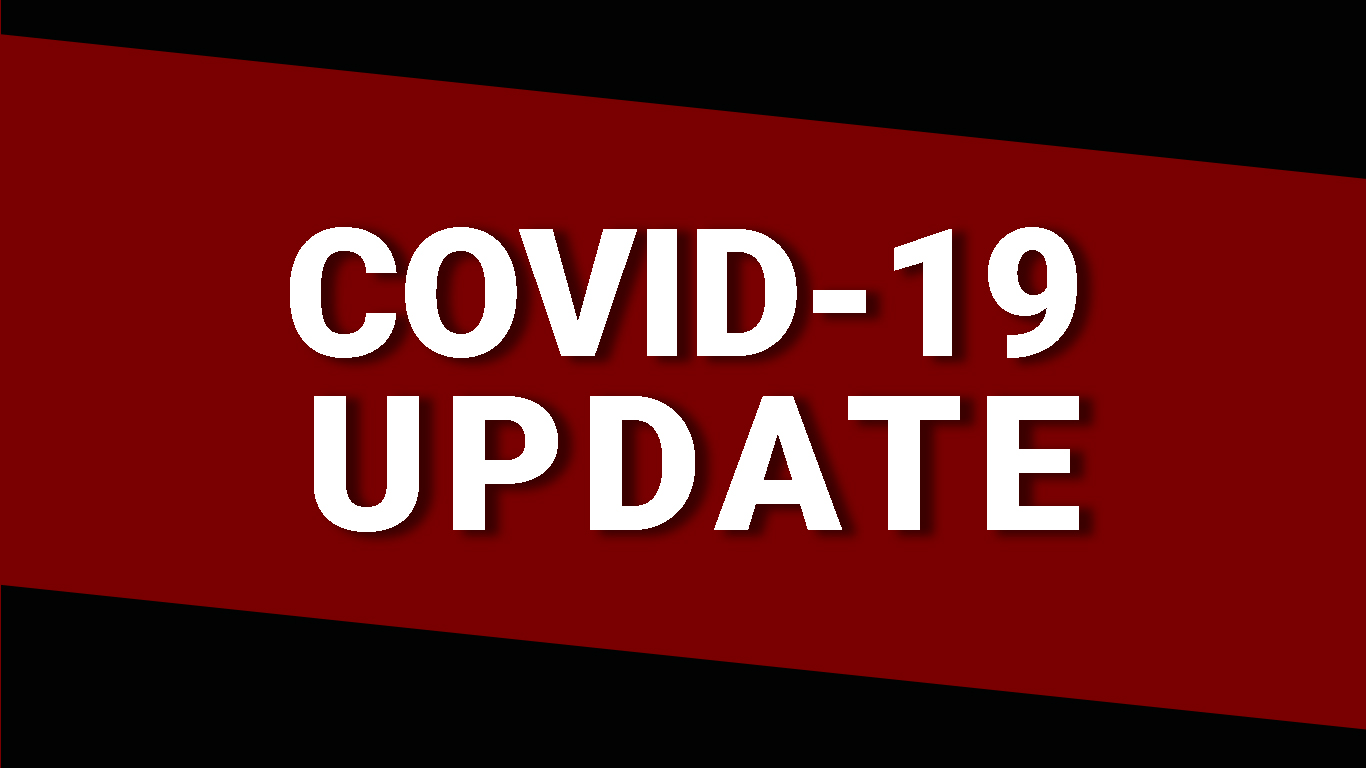
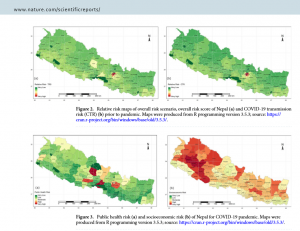



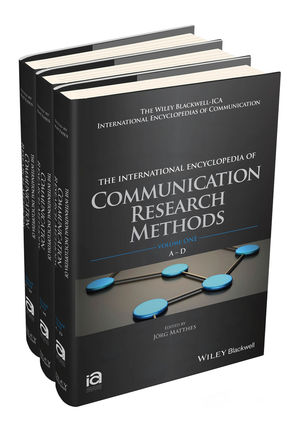 The first Chapter, “Performative Social Science”, in J. P. Matthes, C. S. Davis, & R. F. Potter (Eds.), The International Encyclopedia of Communication Research Methods, rehearses the development of Performative Social Science (PSS) as a research approach and method, developed over ten years at Bournemouth University through publication, film, research, workshops, Masterclasses, and PhD studies. Jones explains that PSS is not simply ‘art for art’s sake’ instead of research. PSS is research and dissemination practices based in the philosophy of Relational Aesthetics and has much in common with Social Constructionism. The ‘audience’ or reader/viewer are key to PSS, as is the wider community.
The first Chapter, “Performative Social Science”, in J. P. Matthes, C. S. Davis, & R. F. Potter (Eds.), The International Encyclopedia of Communication Research Methods, rehearses the development of Performative Social Science (PSS) as a research approach and method, developed over ten years at Bournemouth University through publication, film, research, workshops, Masterclasses, and PhD studies. Jones explains that PSS is not simply ‘art for art’s sake’ instead of research. PSS is research and dissemination practices based in the philosophy of Relational Aesthetics and has much in common with Social Constructionism. The ‘audience’ or reader/viewer are key to PSS, as is the wider community.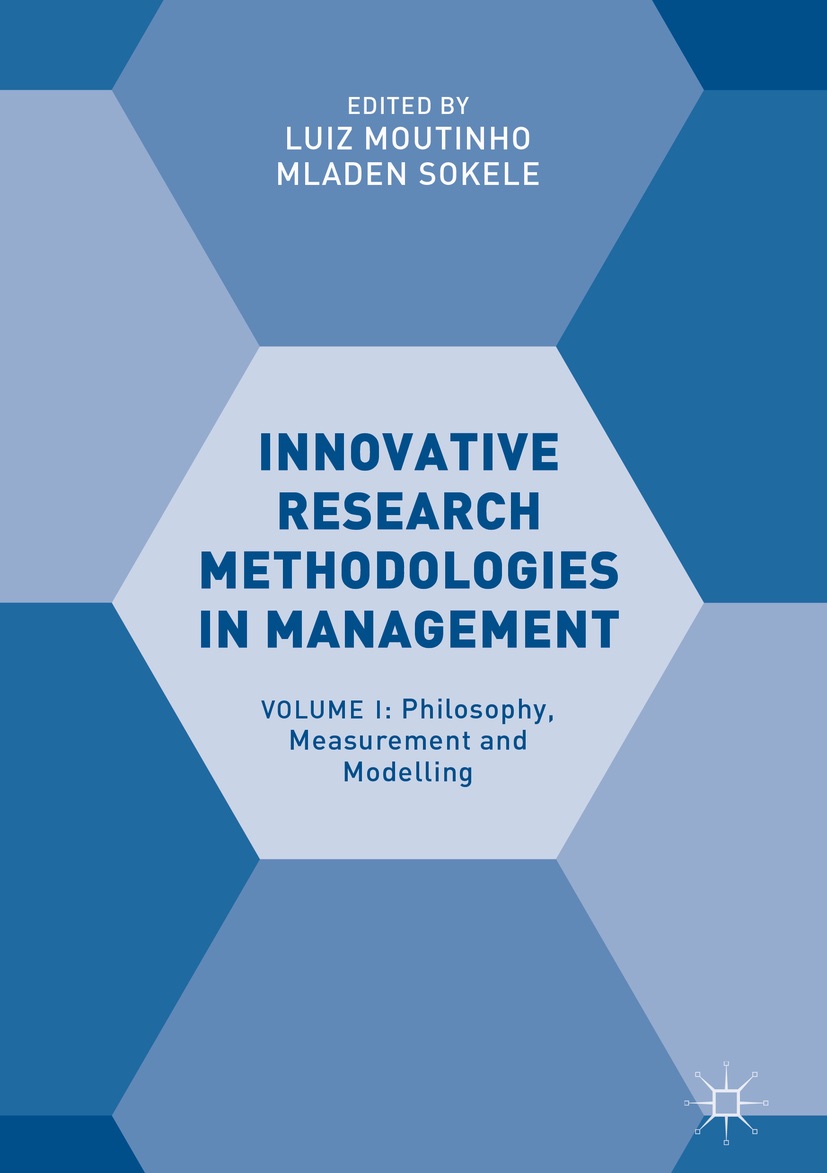 The second Chapter, “Emotivity and Ephemera Research”, in Innovative Research Methodologies in Management: Volume I, edited by L. Moutinho and M. Sokelem provides an in-depth worked example of PSS. The Chapter reports on a two-day experimental workshop in arts-led interviewing technique using ephemera to illicit life stories and then reporting narrative accounts back using creative means of presentation. The workshop took place at Bournemouth and participants were all University faculty members. A key to the process was in replicating what research participants may be feeling and going through when they share very personal stories with researchers. The exercise built a respect for this process by acknowledging that fact through the personal experiences and emotive connectivity of workshop participants.
The second Chapter, “Emotivity and Ephemera Research”, in Innovative Research Methodologies in Management: Volume I, edited by L. Moutinho and M. Sokelem provides an in-depth worked example of PSS. The Chapter reports on a two-day experimental workshop in arts-led interviewing technique using ephemera to illicit life stories and then reporting narrative accounts back using creative means of presentation. The workshop took place at Bournemouth and participants were all University faculty members. A key to the process was in replicating what research participants may be feeling and going through when they share very personal stories with researchers. The exercise built a respect for this process by acknowledging that fact through the personal experiences and emotive connectivity of workshop participants. Pleased to announce a ground-breaking Chapter on the use of film in research from FMC’s Trevor Hearing and FHSS’ Kip Jones in Guilford Publications’ Handbook of Arts-Based Research edited by Patricia Leavy.
Pleased to announce a ground-breaking Chapter on the use of film in research from FMC’s Trevor Hearing and FHSS’ Kip Jones in Guilford Publications’ Handbook of Arts-Based Research edited by Patricia Leavy.
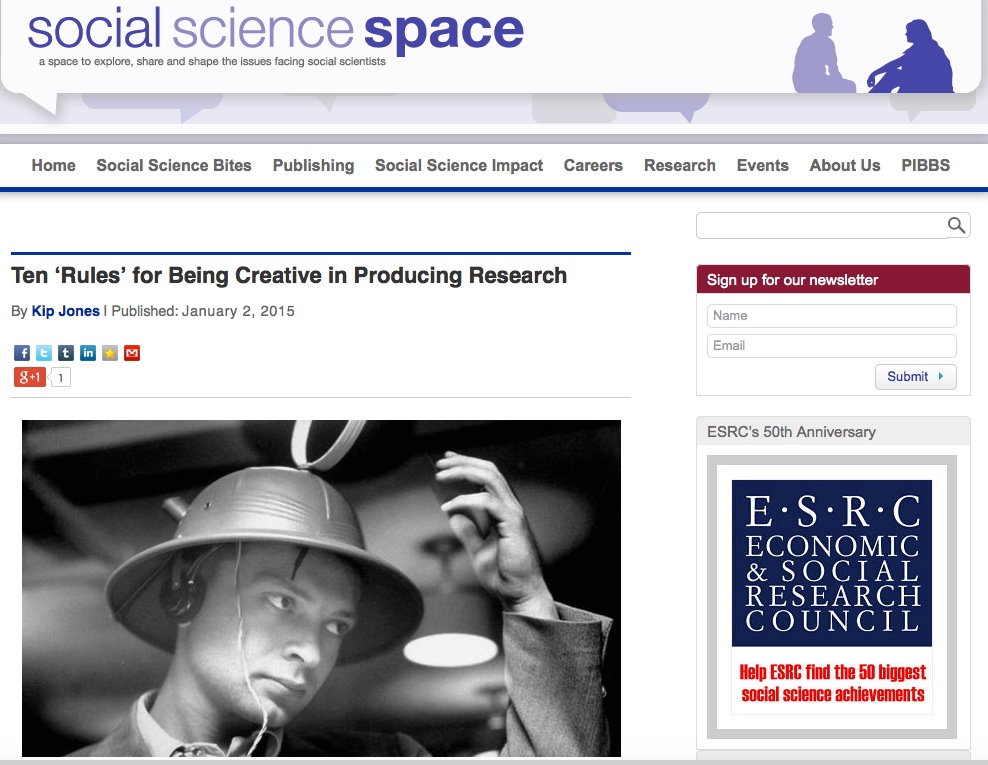
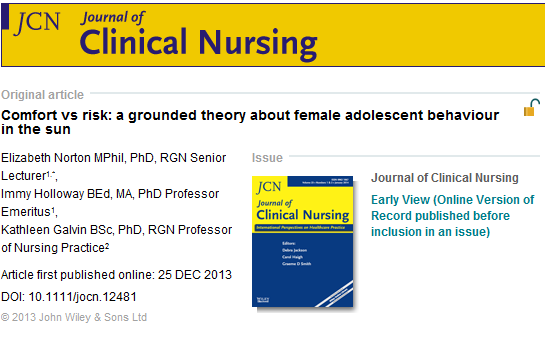
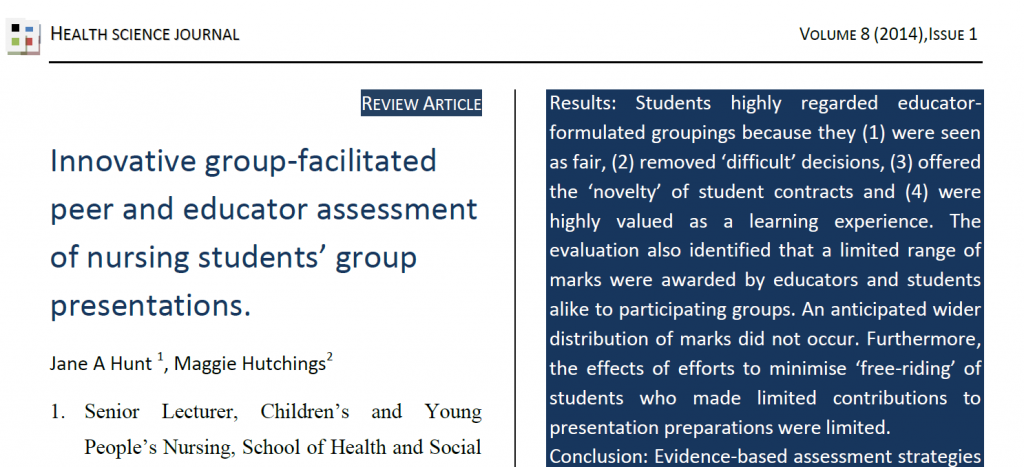












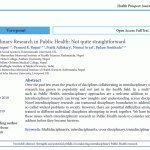 BU attendance at third annual GCPHR meeting in June
BU attendance at third annual GCPHR meeting in June Interactive Tangible and Intangible Heritage Applications – BU student work featured in new book chapter
Interactive Tangible and Intangible Heritage Applications – BU student work featured in new book chapter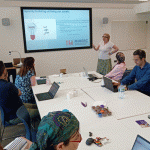 Second NIHR MIHERC meeting in Bournemouth this week
Second NIHR MIHERC meeting in Bournemouth this week MSCA Postdoctoral Fellowships 2025 Call
MSCA Postdoctoral Fellowships 2025 Call ERC Advanced Grant 2025 Webinar
ERC Advanced Grant 2025 Webinar Horizon Europe Work Programme 2025 Published
Horizon Europe Work Programme 2025 Published Horizon Europe 2025 Work Programme pre-Published
Horizon Europe 2025 Work Programme pre-Published Update on UKRO services
Update on UKRO services European research project exploring use of ‘virtual twins’ to better manage metabolic associated fatty liver disease
European research project exploring use of ‘virtual twins’ to better manage metabolic associated fatty liver disease